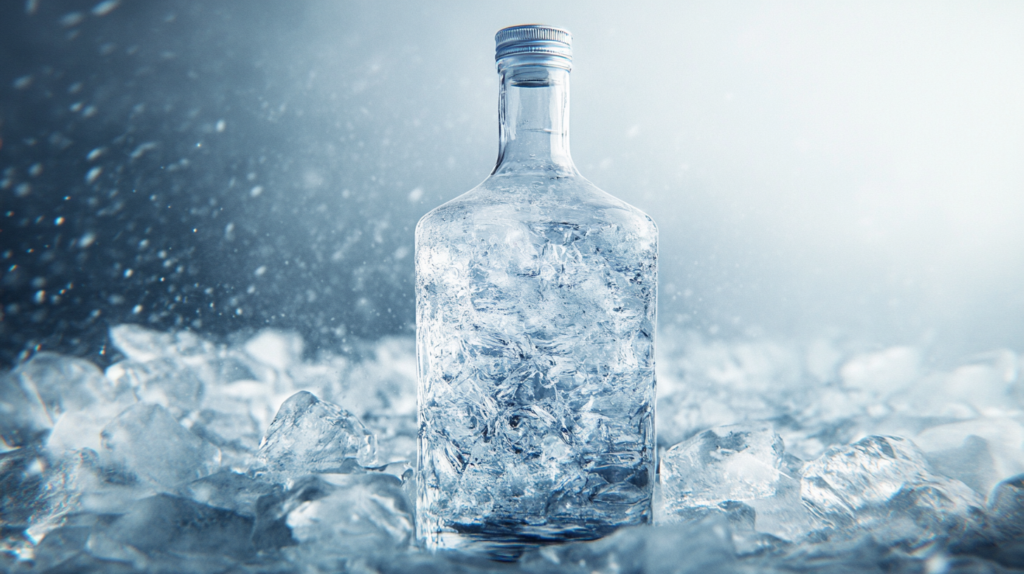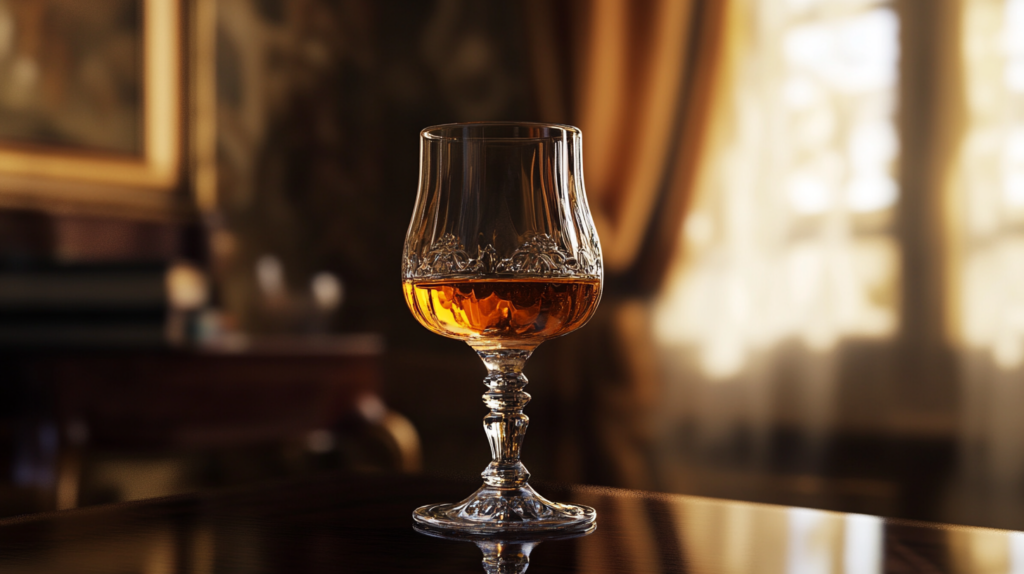
Vodka may look clear and neutral, but don’t be fooled—behind its clean taste is a strong spirit that packs a punch. One of the most important things to know when choosing or consuming vodka is its proof—a measurement of alcohol strength that’s often misunderstood or overlooked.
In this guide, we’ll break down exactly what alcohol proof is, how it’s measured, and what it means when applied to vodka. We’ll also explore how vodka’s proof compares to other spirits, the typical range you’ll find on store shelves, and how it affects your cocktails.
What proof is vodka?
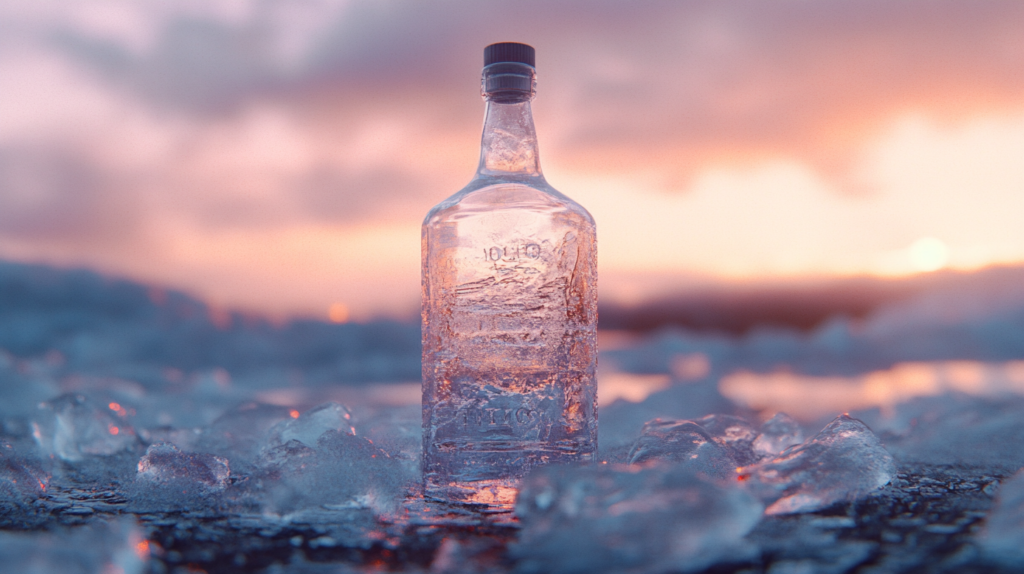
Vodka is typically bottled at 80 proof, which equals 40% ABV. This is the minimum required alcohol content for vodka in many regions, including the United States and the European Union.
That said, vodka can be—and sometimes is—produced at higher proof levels, particularly for specialty or overproof products.
What Is alcohol proof?
Alcohol proof is a measure of how much ethanol (alcohol) is in a spirit. It’s commonly used in the United States and a few other countries as a way to indicate the strength of distilled beverages like vodka, whiskey, and rum.
The concept of proof originated centuries ago when sailors would mix gunpowder with spirits to “prove” they were strong enough—if the mixture ignited, it passed the test. Today, the system is far more precise and scientific.
How is it measured?
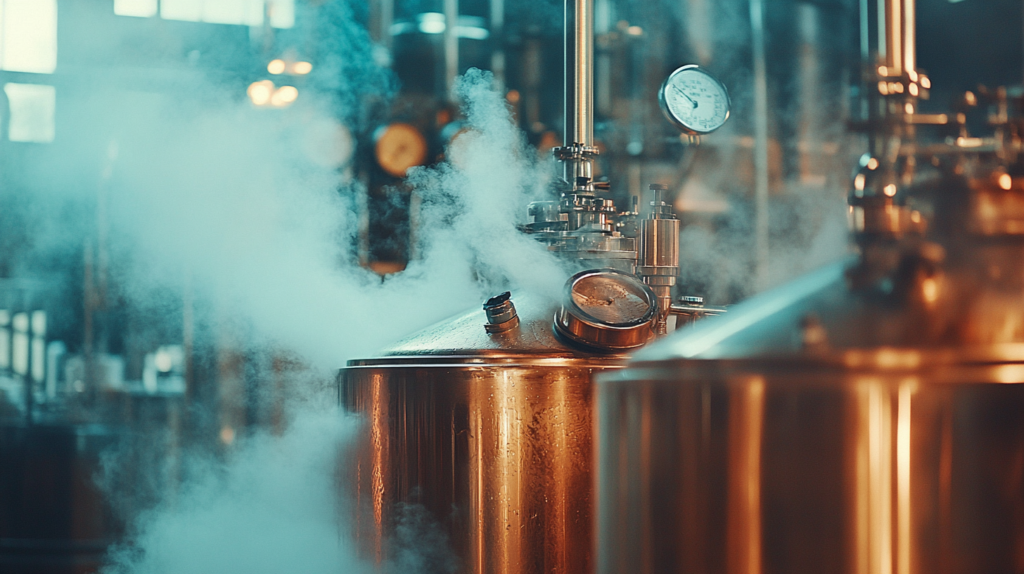
Alcohol content (and thus proof) is measured using a hydrometer, which determines the specific gravity of a liquid before and after fermentation or distillation. The reading is then converted into ABV, and from there into proof.
Modern distillers use highly accurate lab equipment to measure and standardize alcohol strength. Regulations in many countries—including the U.S., EU, and Canada—require spirits like vodka to fall within specific proof and ABV ranges for legal sale.
Range of vodka proofs
While most vodka on the market sits at 80 proof (40% ABV), there are a variety of styles and strengths available. Here’s a general overview:
| Vodka type | Typical proof | ABV (%) |
|---|---|---|
| Standard Vodka | 80 proof | 40% |
| Premium Vodka | 80–90 proof | 40–45% |
| High-Proof Vodka | 100–151 proof | 50–75.5% |
| Overproof Vodka | 151–192 proof | 75.5–96% |
Examples of high-proof vodkas
Spirytus Rektyfikowany (Poland) – 192 proof (96% ABV)
Everclear 190 (USA) – 190 proof (95% ABV)
Stolichnaya 100 Proof – 100 proof (50% ABV)
High-proof vodkas are often used in cocktails, tinctures, or infusions—and should be handled carefully due to their strength.
How vodka proof affects cocktails
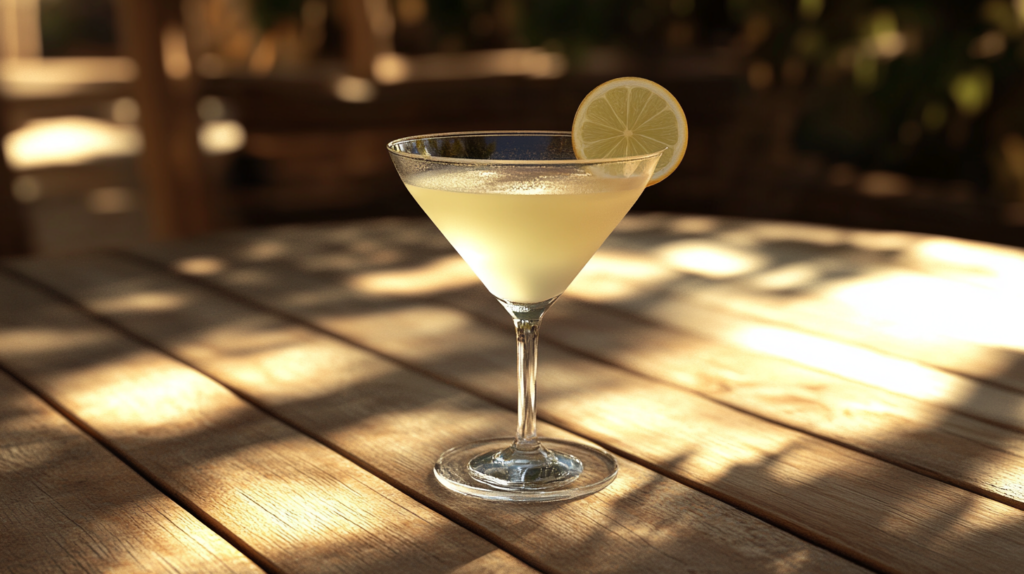
Vodka’s proof doesn’t just influence its strength—it also plays a role in how it behaves in cocktails. Higher-proof vodka offers several benefits in mixology:
- It holds up better in bold cocktails, especially those with citrus, juice, or spice.
- It maintains structure after dilution, making it ideal for shaken or stirred drinks.
- It enhances mouthfeel, giving a silkier texture to classics like Martinis and White Russians.
However, stronger isn’t always better. In lighter cocktails like spritzes or vodka sodas, high-proof vodka might overpower the balance. For everyday mixing, 80–90 proof vodkas are the most versatile.
Does higher proof mean more burn?
It’s a common myth that higher proof means a rougher sip. In reality, smoothness depends more on the quality of distillation and filtration than alcohol percentage.
A well-made 100-proof vodka can taste cleaner and silkier than a poorly made 80-proof vodka. Look for brands that emphasize multiple distillations, charcoal filtration, and premium ingredients if you’re concerned about harshness.
Laws and Regulations Around Vodka Proof
Many countries set legal minimums and maximums for vodka strength:
- United States: Must be at least 40% ABV (80 proof) to be called vodka.
- European Union: Vodka must be at least 37.5% ABV.
- United Kingdom: Follows EU rules post-Brexit for vodka labeling, requiring a minimum of 37.5% ABV. However, UK labeling laws and regulations are governed by the Food Information Regulations 2014 and Spirit Drinks Regulations 2008, which define vodka as a spirit made from fermented cereals, potatoes, or other agricultural produce and distilled to at least 37.5% ABV.
Some U.S. states restrict the sale of overproof vodka like Everclear 190 (95% ABV) due to safety concerns.
Overproof vodkas (typically 50% ABV and above) may be labeled as “neutral spirits” or require special permits in retail settings depending on the jurisdiction.
Always check your local laws if you’re planning to purchase or use high-proof alcohol at home, especially for uses beyond drinking (e.g., infusions, cleaning, or fuel).
Comparison to other spirits
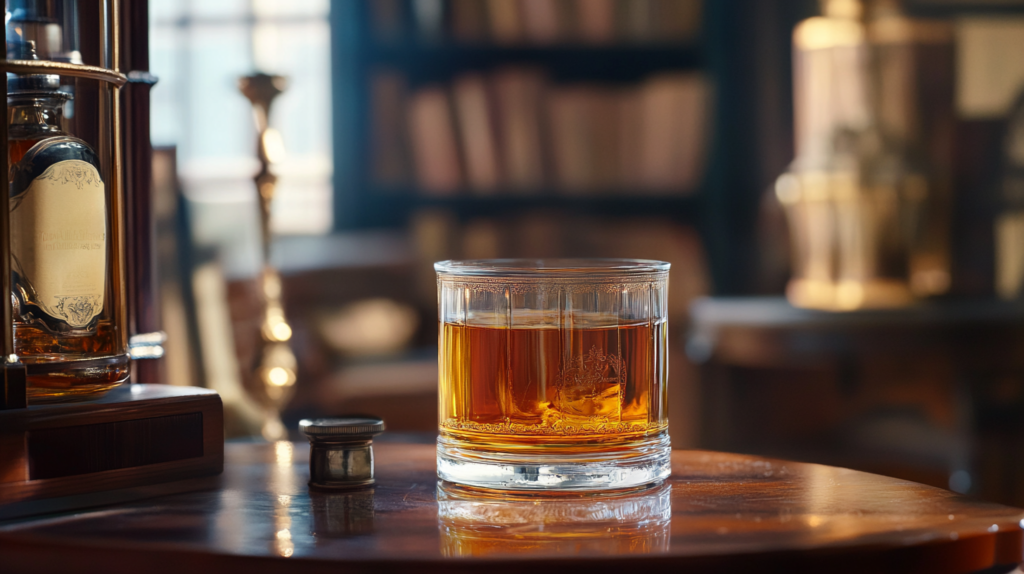
How does vodka’s proof compare to other popular distilled spirits? While vodka is most commonly bottled at 80 proof, other spirits have a wider range depending on style and aging.
Whiskey
Most whiskeys, including bourbon and Scotch, are bottled at 80 to 100 proof (40–50% ABV). Some barrel-strength or cask-strength whiskeys can exceed 120 proof.
Rum
Rum ranges widely:
Light rums: 80 proof (40%)
Spiced rums: 70–94 proof (35–47%)
Overproof rums: 150+ proof (75%+), like Bacardi 151
Gin
Like vodka, gin is often bottled at 80–94 proof. Some navy strength gins go up to 114 proof (57% ABV).
Tequila
Tequila usually falls between 76 and 100 proof (38–50%). Blanco tequilas can be higher in alcohol and flavor intensity.
FAQs
What does vodka proof mean?
Vodka proof is a measurement of how much alcohol is in the spirit. In the U.S., proof is simply twice the ABV. So 40% ABV = 80 proof.
Is all vodka 80 proof?
Most vodkas are 80 proof (40% ABV), but there are many exceptions. Some premium or flavored vodkas may be slightly lower, while high-proof or overproof versions can reach up to 192 proof.
Does higher proof mean better vodka?
Not necessarily. Higher proof just means more alcohol. Quality depends more on the ingredients, distillation process, and how well the vodka is filtered and balanced.
Is higher proof vodka better for cocktails?
Not necessarily. Higher proof just means more alcohol. Quality depends more on the ingredients, distillation process, and how well the vodka is filtered and balanced.
How can I tell the proof of my vodka?
Check the bottle label. It will list the ABV (alcohol by volume) and sometimes the proof. If only ABV is listed, just multiply it by two to get the proof.
Final Sip: Why vodka proof matters
Whether you’re crafting cocktails or sipping straight, knowing the proof of your vodka helps you understand what you’re drinking and how it might affect you. It influences not only the intensity of the spirit, but also how it integrates into a mixed drink.
Most standard vodkas are 80 proof, making them approachable and versatile. But if you’re after a bolder experience, high-proof vodkas offer punch and power—just be sure to use them responsibly.
So next time you’re picking up a bottle, check the label. That little number might just change your pour.

